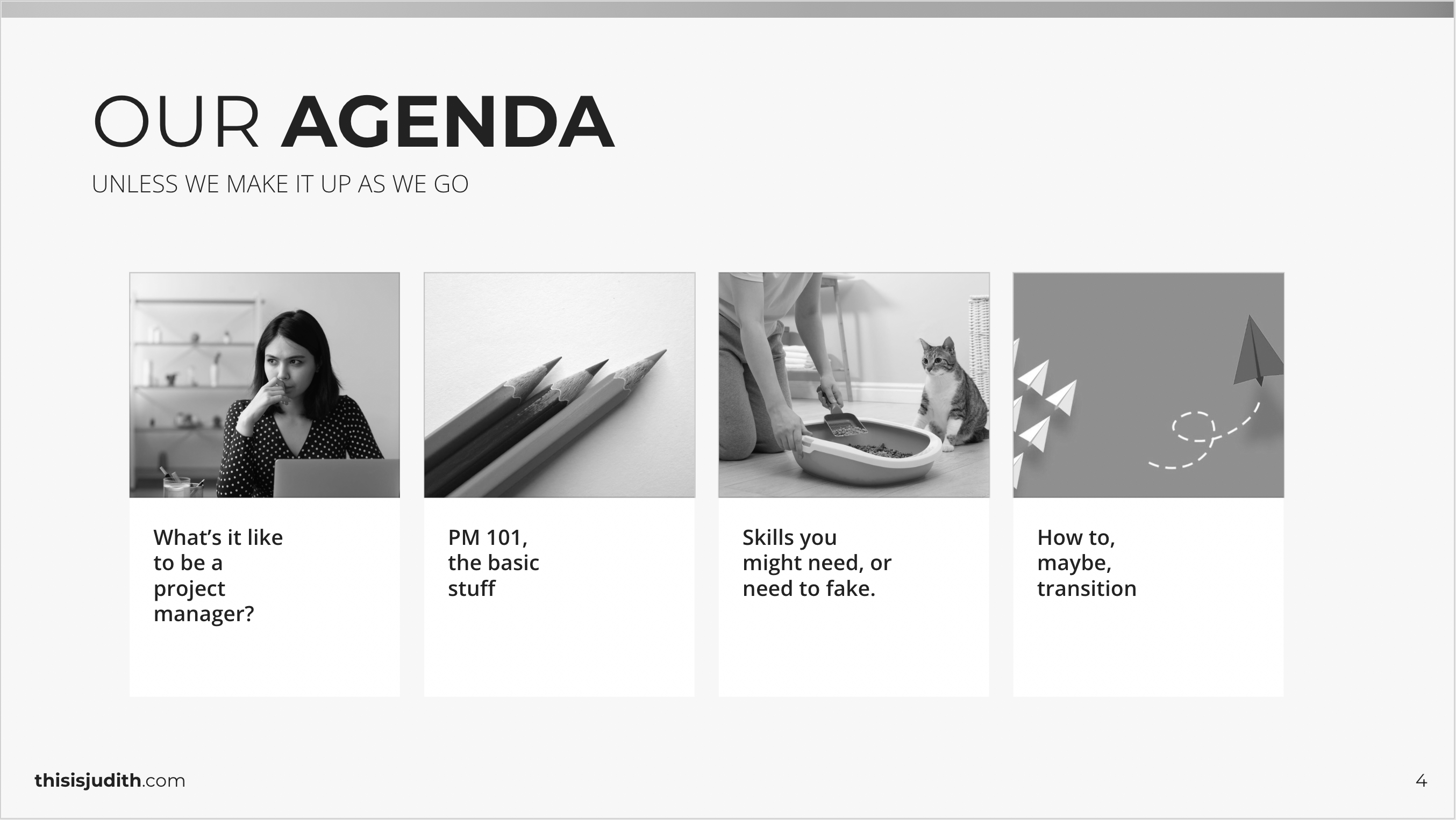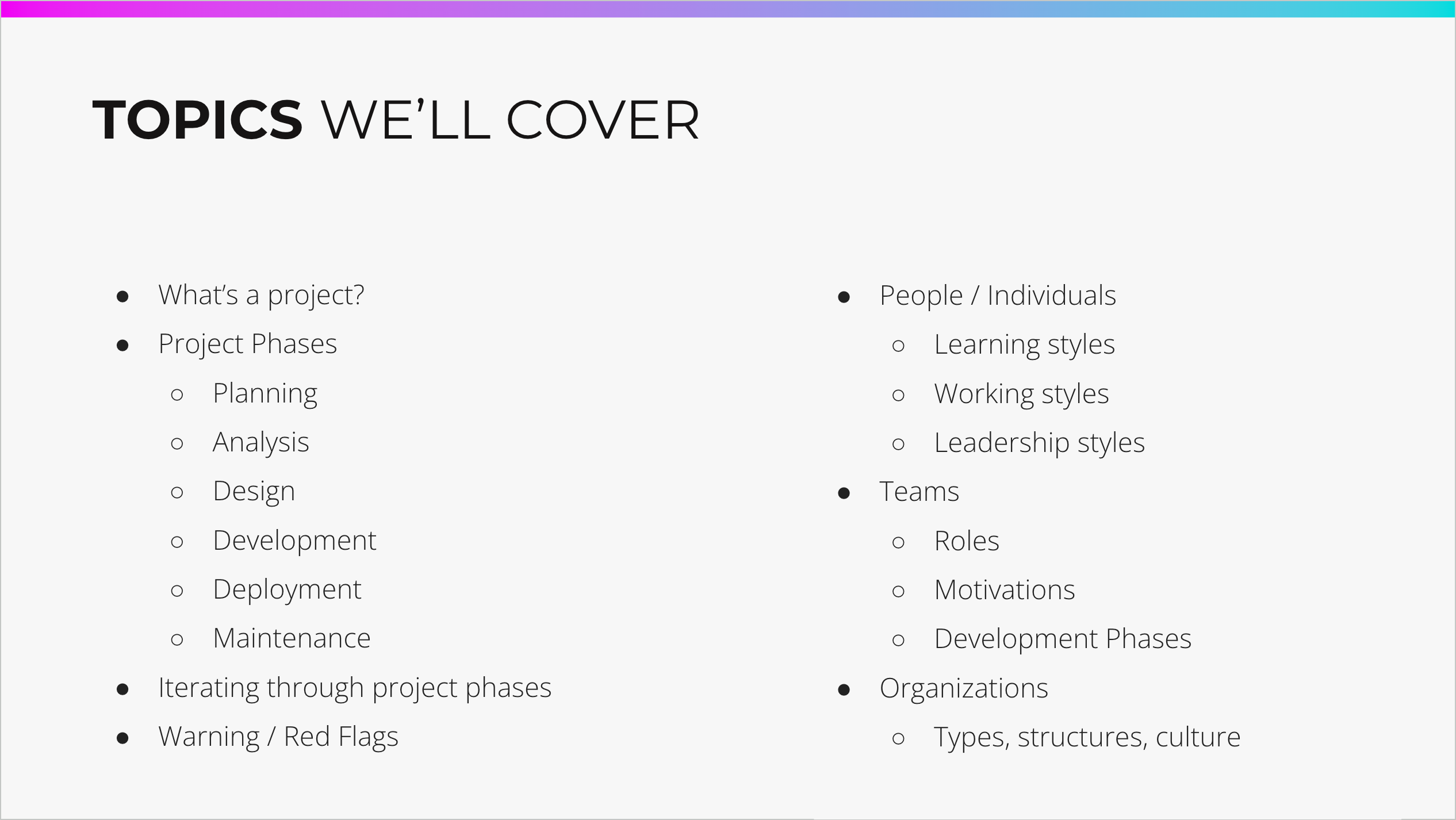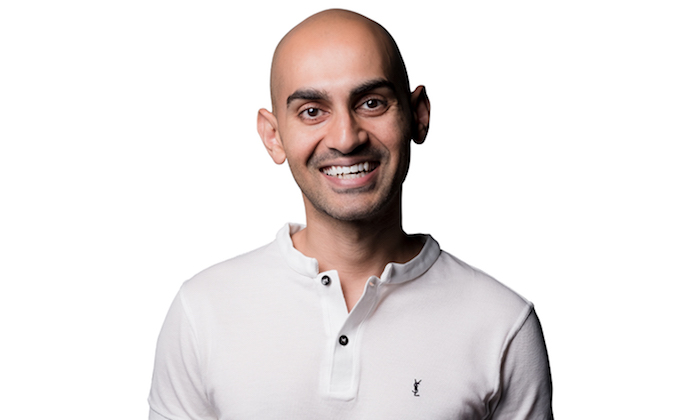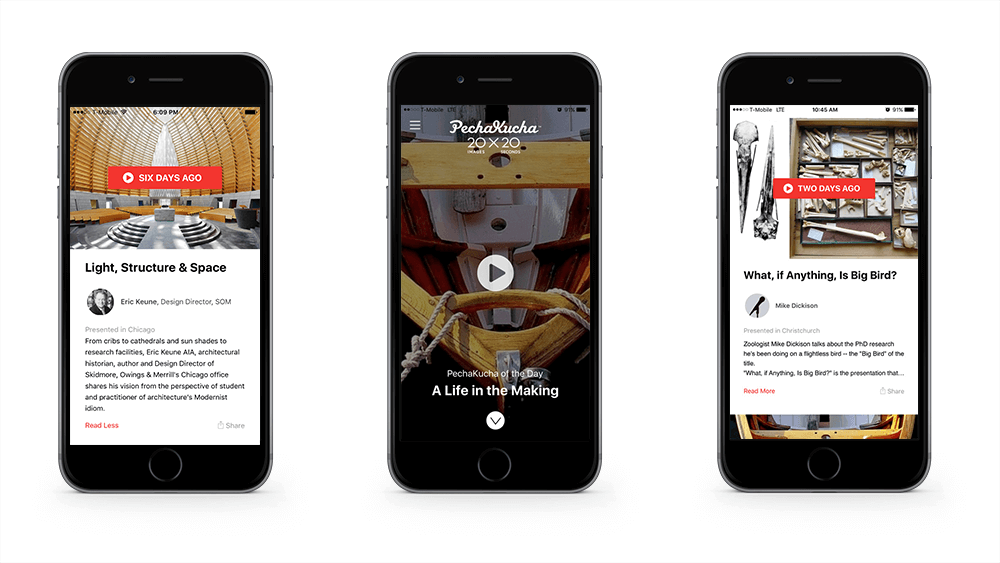Chief Technology Officer for Software Consultancy

Transforming a Tech Company - From the Growing Pains of a "do-it-all" CEO to Operational Excellence
Project Highlights
- Financial Growth: Revenue increased by $60,000 in Q1, with improved financial tracking and forecasting processes.
- Increased Efficiency: Streamlined operations and better delegation of tasks reduced the founder's workload and improved overall efficiency.
- Improved, Dedicated Project Management: Consistent and standardized project management practices led to more predictable and reliable project outcomes
- Improved Client Satisfaction: Regular roadmapping meetings and formalized acceptance processes increased client satisfaction and engagement.
- Better Quality Assurance: Automated processes and a QA maturity template ensured higher quality deliverables and fewer bugs.
Assessment and Implementation of Improvements Across the Board
Background
A rapidly growing tech company was experiencing the typical challenges associated with expansion. Leadership recognized the need for improvement and enlisted me to conduct an assessment of its practices. The engagement aimed to review existing processes, recommend improvements, and assist in hiring the right candidate to enhance project management capacity.
Initial Challenges
The assessment revealed several critical issues:
- The founder was overwhelmed with multiple roles, affecting overall efficiency.
- Inconsistent project management practices and high turnover in the PM role.
- Disconnected methods for gathering design and development requirements.
- Single points of failure in design, development, and QA roles.
- Informal client acceptance processes and ad-hoc communication methods.
- A need for increased transparency and better organizational communication.
Hiring a Part-Time CTO
Recognizing the complexity and breadth of the issues at hand, the company hired Judith Sol-Dyess on a contract basis, as their part-time Chief Technology Officer (CTO). This role allowed Judith to focus intensively on improving operations and implementing the necessary changes to address the identified challenges. It also allowed the client to allocate financial resources only where needed, for a few months.
Key Recommendations
To address these challenges, several recommendations were made:
- Delegate Operational Tasks: Allow the founder to focus on strategic initiatives.
- Standardize Project Management: Establish clear expectations, improve communication, and standardize agile rituals.
- Formalize Requirements Management: Improve client agreement steps and make kickoff meetings more conversational.
- Enhance Design and Development Coordination: Increase visibility into the sales pipeline and plan design work more predictably.
- Improve Quality Assurance: Introduce part-time resources and implement a scalable bug reporting mechanism.
- Formalize Client Acceptance: Shift ownership of key features to clients and formalize the acceptance process.
- Increase Organizational Transparency: Introduce OKRs and use tools like Notion for increased transparency.
Implementation and Measurable Improvements
Implementation and Measurable Improvements
As the part-time CTO, Judith diligently implemented these recommendations, resulting in significant improvements:
Delegation:
- Outcome: New project setup checklists and improved onboarding processes.
- Metric: Reduced the founder's operational workload by 30%, allowing more time for strategic initiatives.
Project Management:
- Outcome: Introduced a new project setup checklist, consistent agile rituals, and improved the PM tool's workflow states.
- Metric: Project delivery timelines improved by 25%, with a 20% reduction in project turnover.
Requirements Management:
- Outcome: Established roadmapping meetings and a new internal kickoff process.
- Metric: Reduced requirement misunderstandings by 40%, resulting in smoother project execution.
Design and Development Coordination:
- Outcome: Expanded product design offerings, created client-facing materials, and conducted design and product roadmapping workshops.
- Metric: Increased design team efficiency by 35%, with a 50% increase in client satisfaction for design-related projects.
Quality Assurance:
- Outcome: Automated test suites, started tracking bugs and automated test cases, and introduced a QA maturity template.
- Metric: Reduced bugs by 60%, improved test coverage by 70%, and decreased time to release by 25%.
Client Satisfaction Ratings:
- Outcome: Set up the first NPS survey and held regular client roadmapping meetings.
- Metric: Achieved an initial NPS score of 8.5/10, with a 30% increase in client engagement.
Organizational Transparency:
- Outcome: Introduced OKRs and implemented Notion for practice transparency
- Metric: Improved team alignment and communication, with a 40% increase in transparency scores from internal surveys.
Results and Impact
The results of these implementations were successes across the board:
- Financial Growth: Revenue increased by $60,000 in Q1, with improved financial tracking and forecasting processes.
- Increased Efficiency: Streamlined operations and better delegation of tasks reduced the founder's workload and improved overall efficiency.
- Improved, Dedicated Project Management: Consistent and standardized project management practices led to more predictable and reliable project outcomes
- Improved Client Satisfaction: Regular roadmapping meetings and formalized acceptance processes increased client satisfaction and engagement.
- Better Quality Assurance: Automated processes and a QA maturity template ensured higher quality deliverables and fewer bugs.
Conclusion
Through targeted recommendations and diligent implementation as a part-time CTO, Judith successfully navigated the company through its growing pains, transforming it into a more efficient, transparent, and client-focused organization. The measurable improvements not only enhanced operational performance but also positioned the company for sustainable future growth.
Interested in learning more?
Portfolio

CTO at Software ConsultancyConsulting
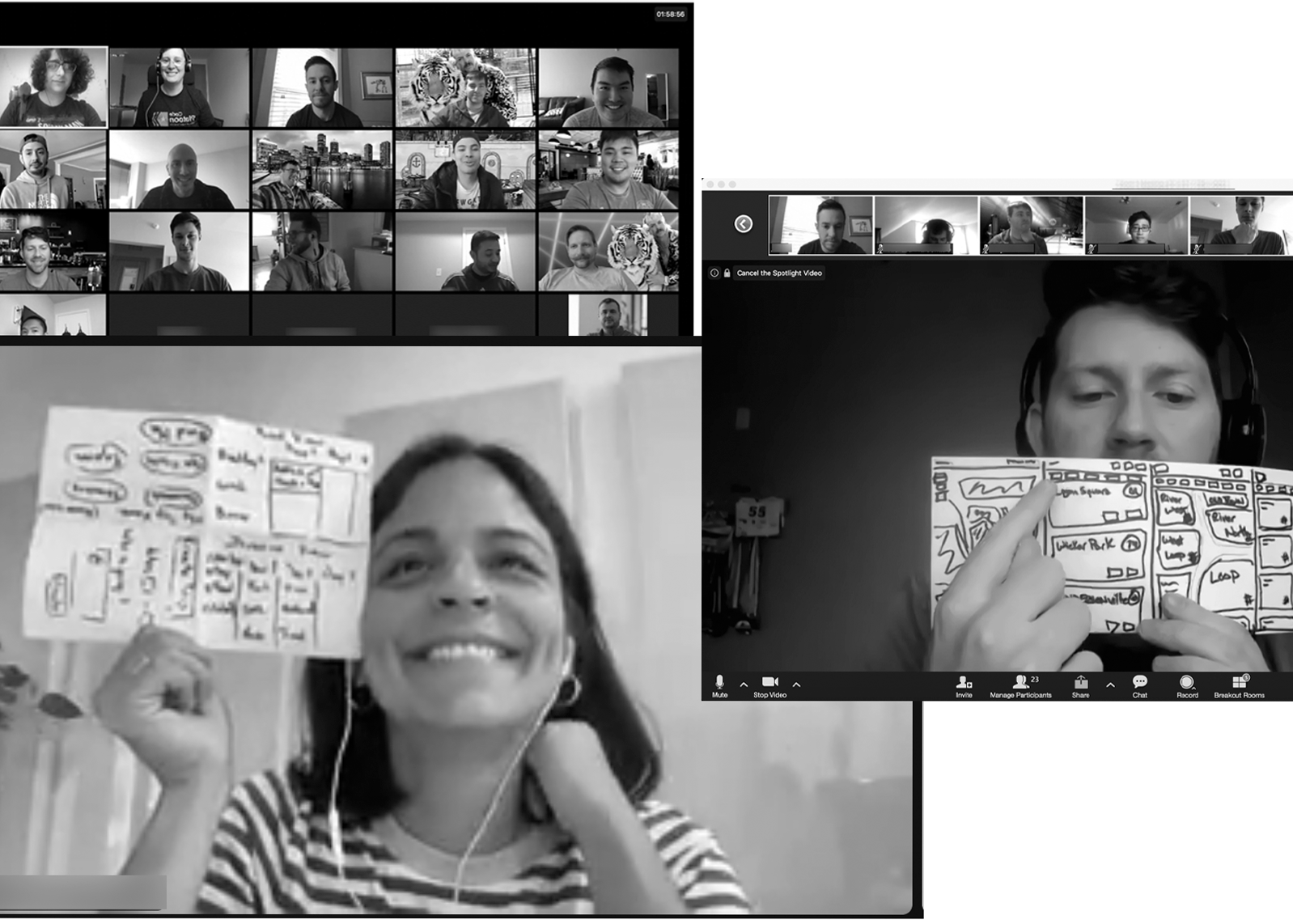
Team Project KickoffWorkshop
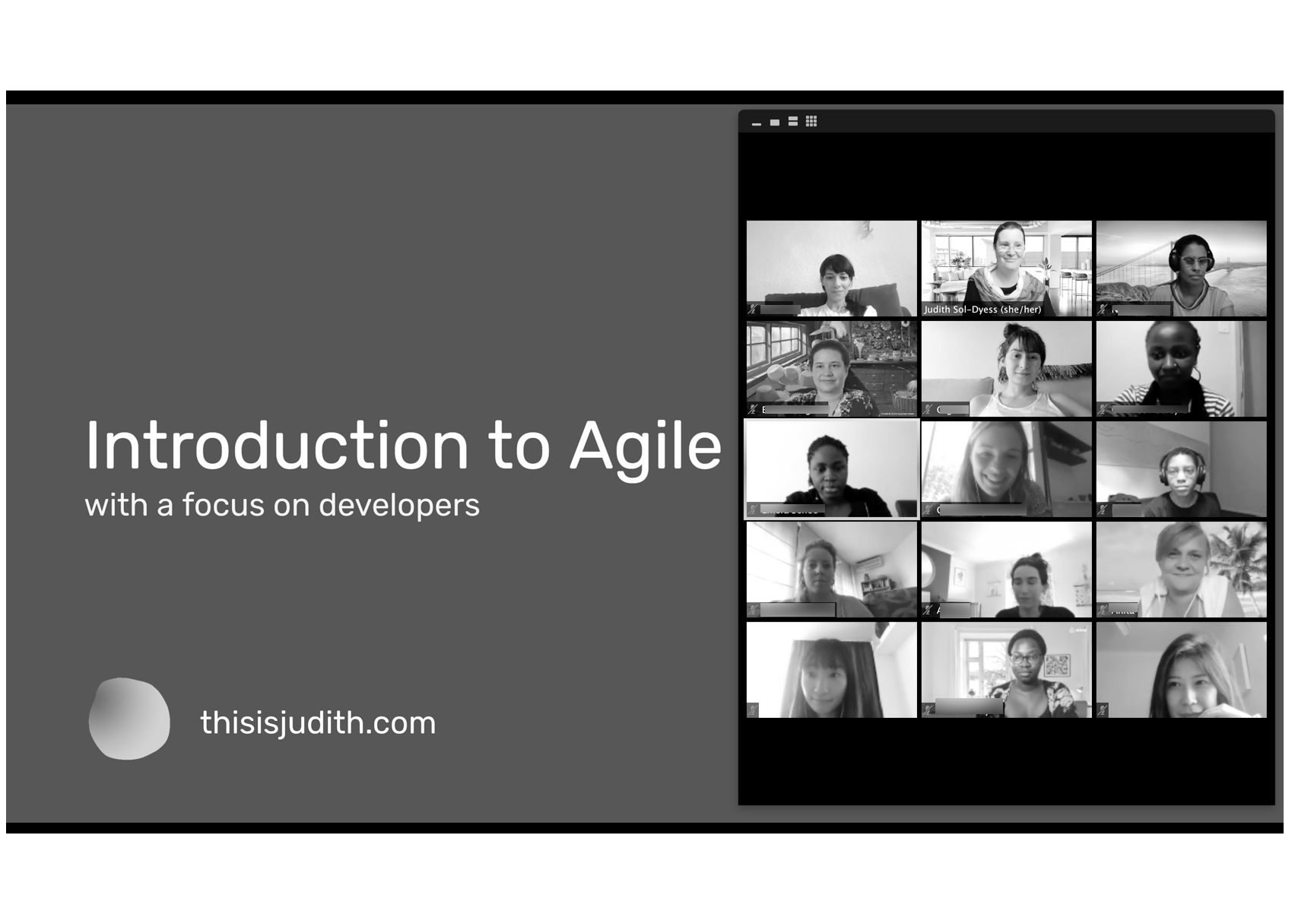
Intro to Agile SessionSession
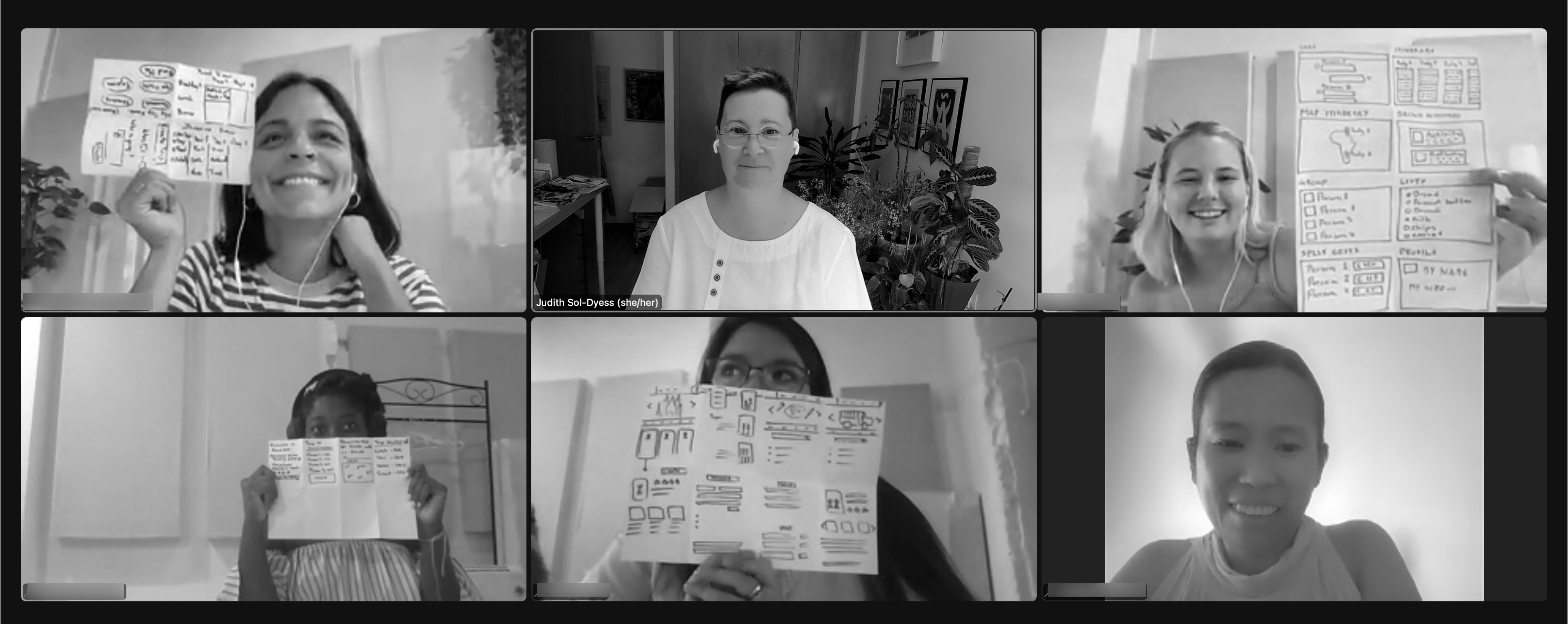
Product Ideation WorkshopWorkshop
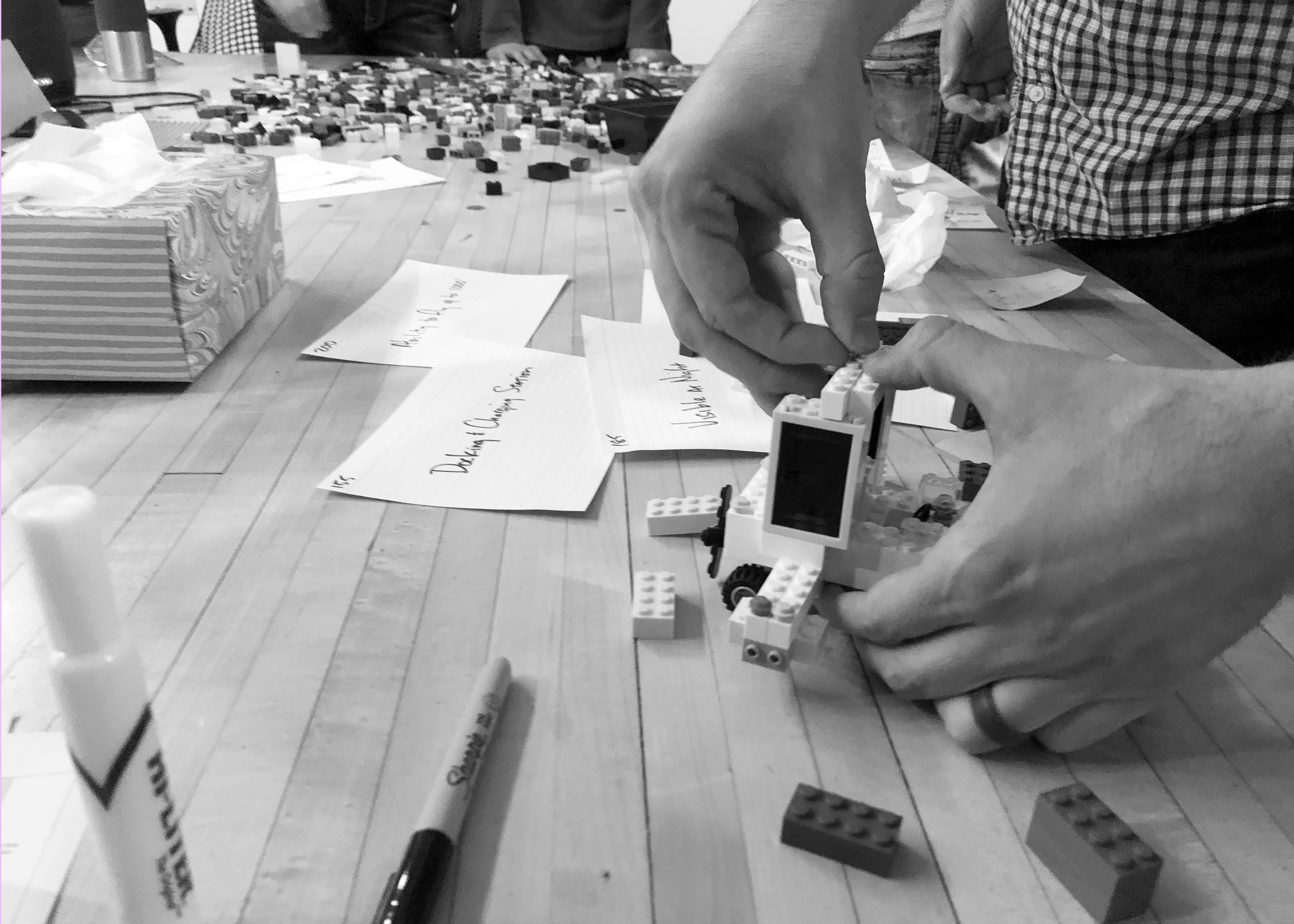
Agile Lego WorkshopWorkshop
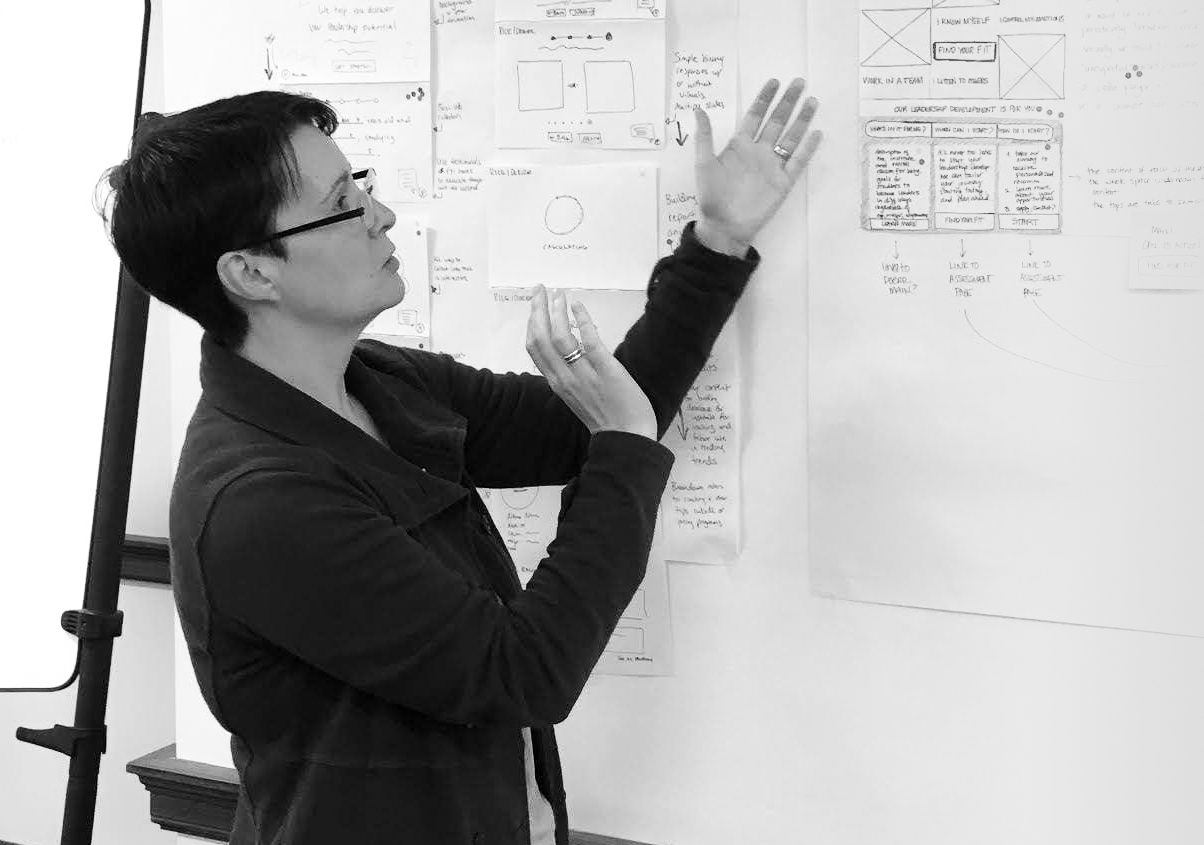
Google Design SprintsWorkshop

Tyson's Plant Based NuggetsNew Product
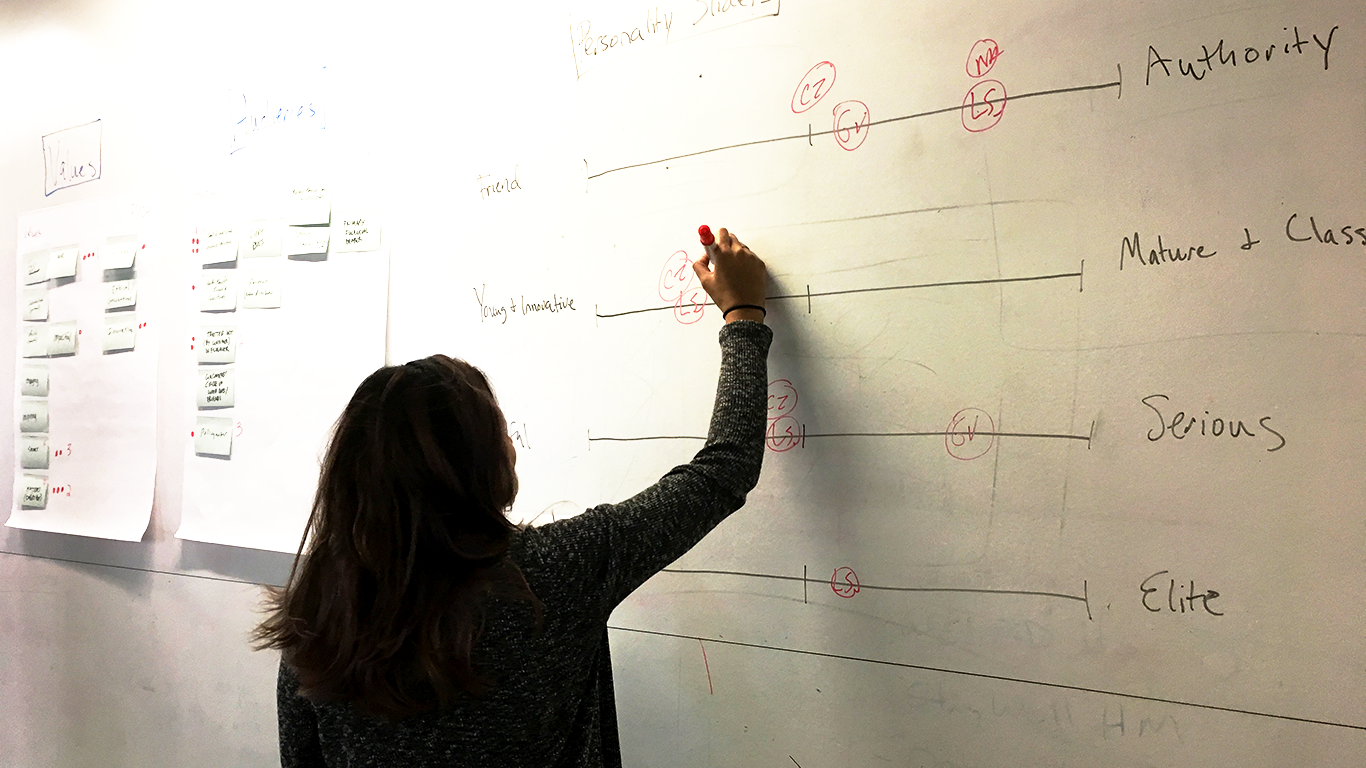
PUSH WellnessHealth & Wellness
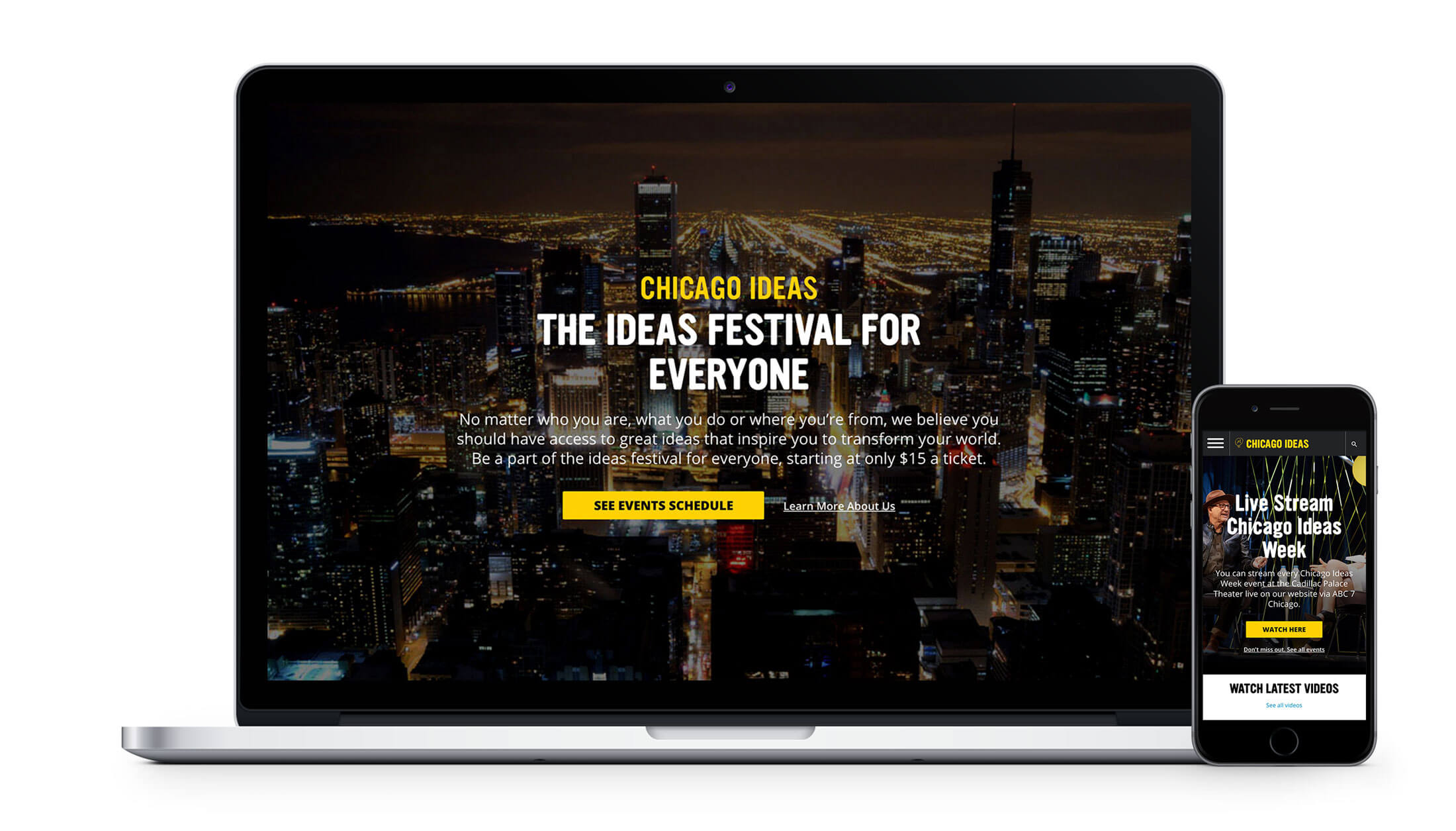
Chicago IdeasEvents

Rice University ChatbotEducation
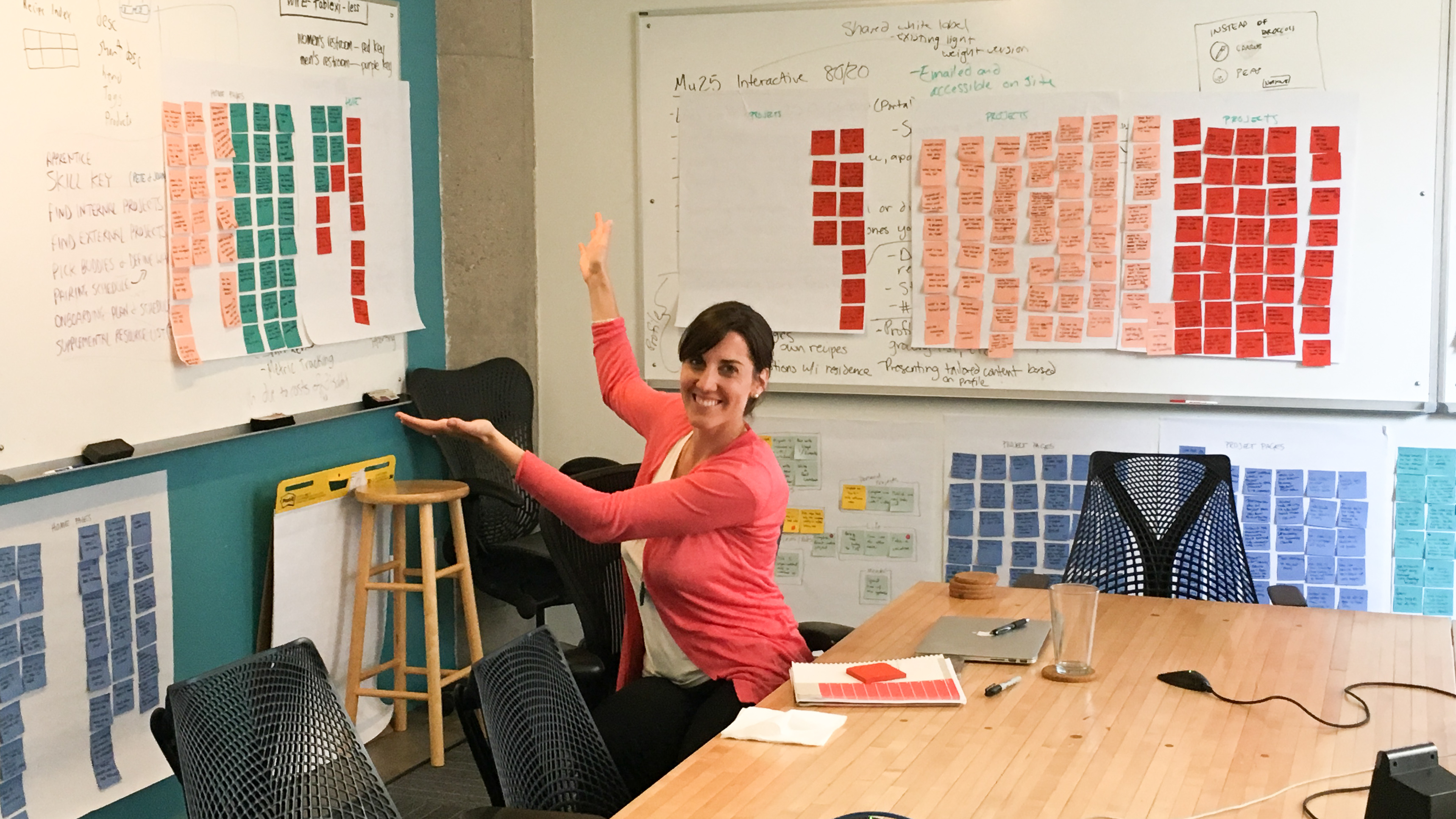
WomenOnCallNonprofit
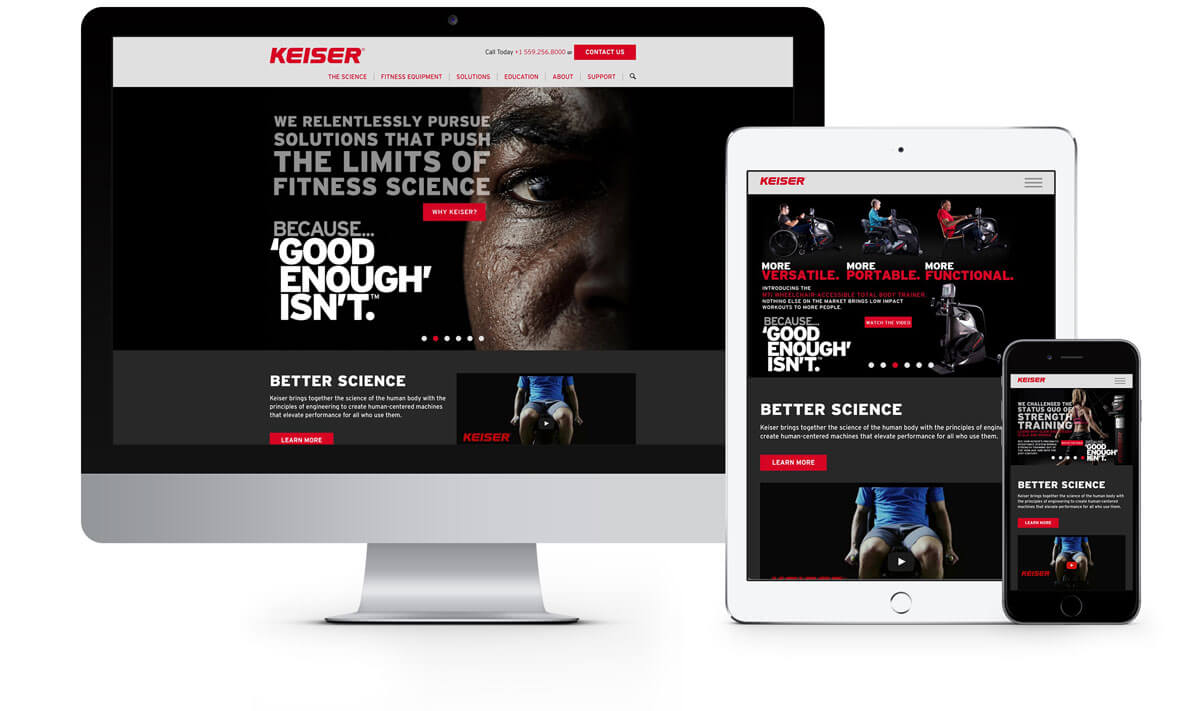
KeiserMarketing
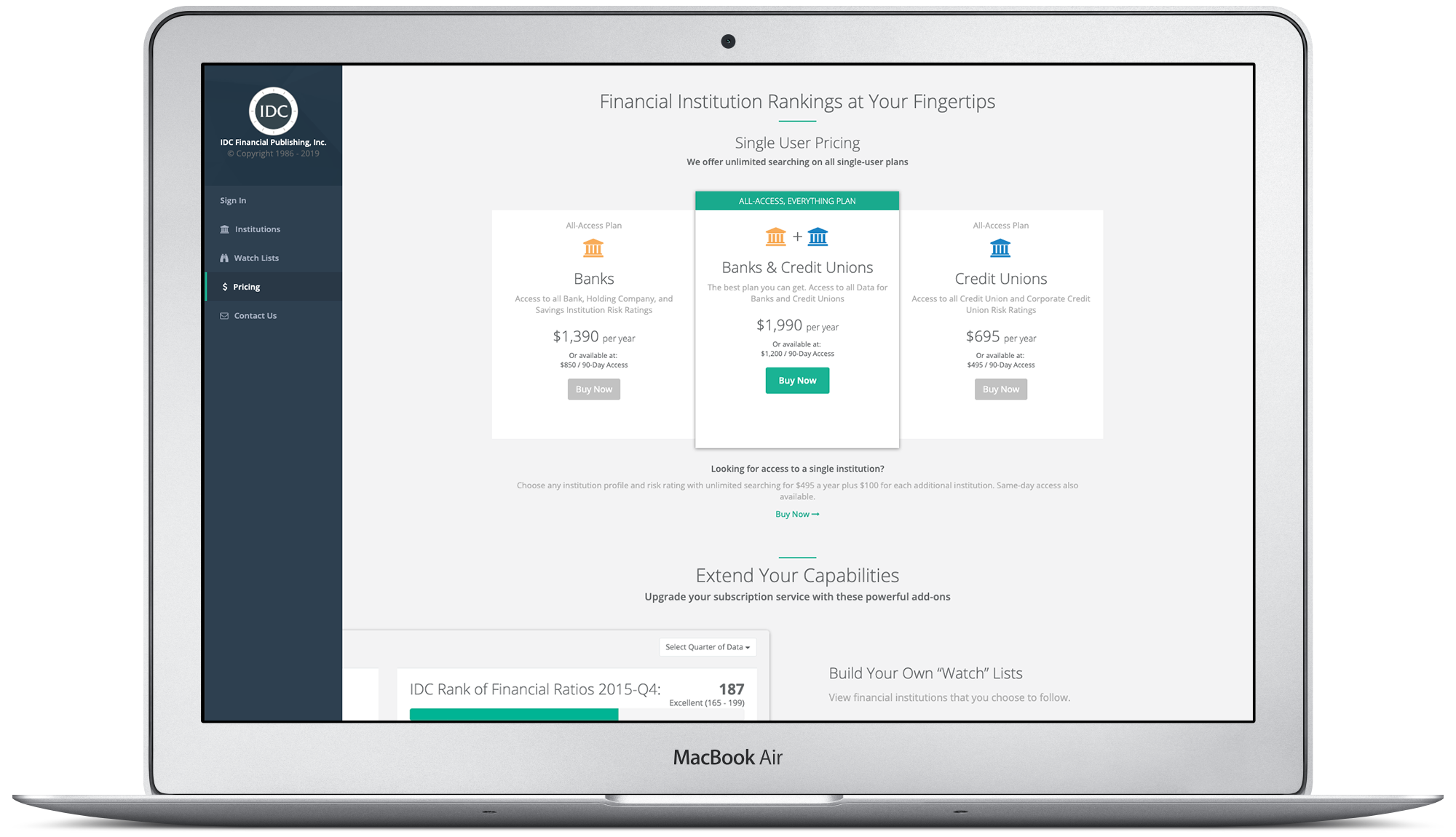
IDC Financial PublishingFinTech

